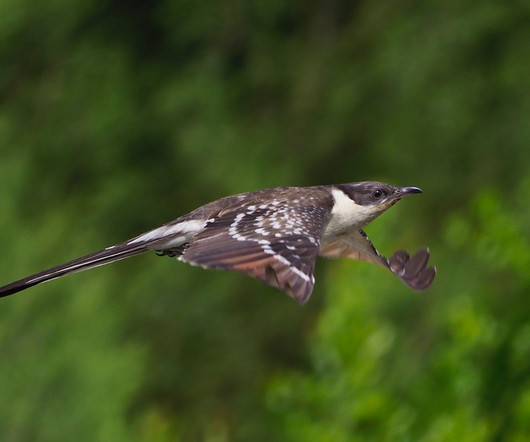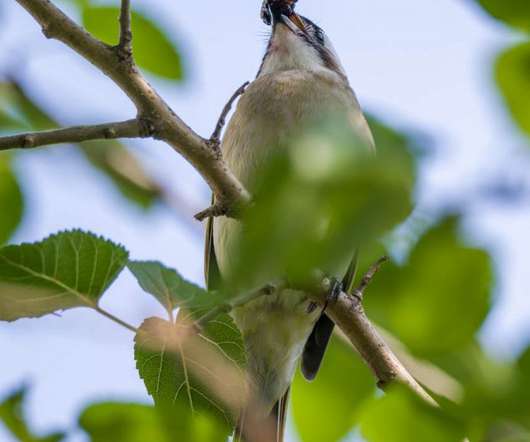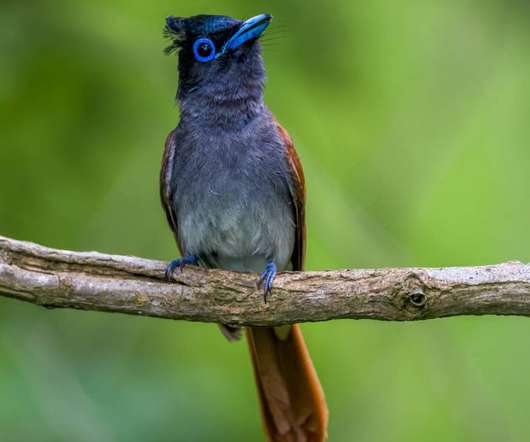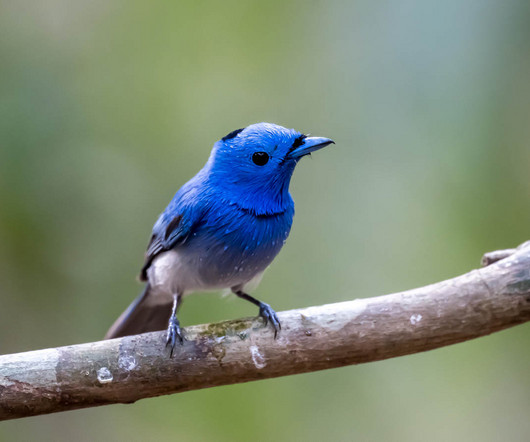Cyprus Delights – Part III
10,000 Birds
MAY 10, 2024
Perhaps the most curious thing about the Great Spotted Cuckoo is its distribution, for it is both a non-breeding Palearctic migrant to Africa, and a trans-Africa migrant. According to The Birds of Africa Volume III , “In much of the tropics present throughout the year, with breeding and non-breeding birds usually indistinguishable”.














Let's personalize your content